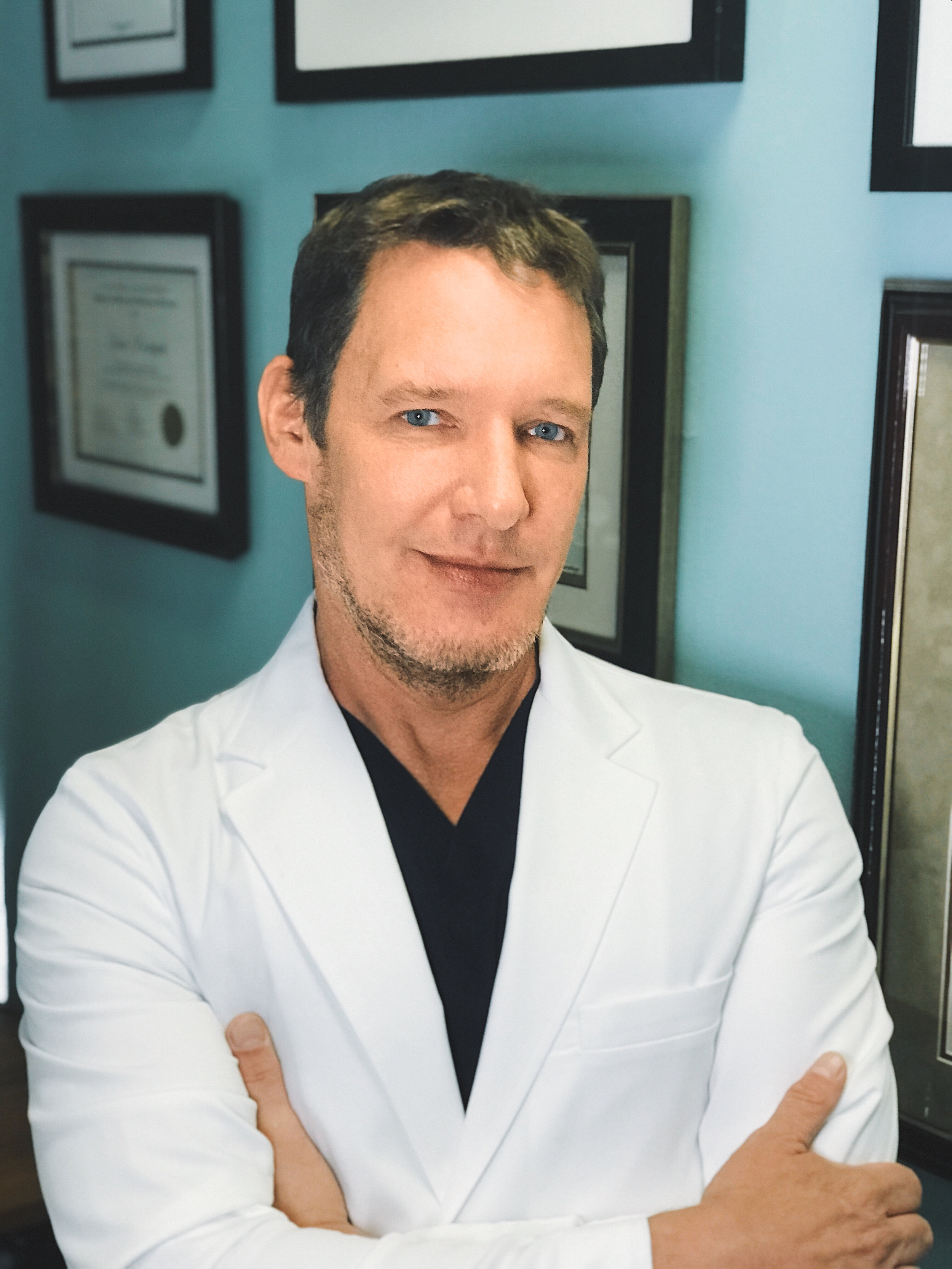Acid reflux, also known as gastroesophageal reflux (GER), is when your stomach contents back up into your esophagus (food pipe that connects the esophagus to the stomach). If acid reflux symptoms occur more than twice a week, you may have developed acid reflux disease, known as gastroesophageal reflux disease (GERD).
Our current Western dietary and lifestyle habits have made acid reflux pretty common. Around 50% of all adults report reflux symptoms at some time. The good news is that acid reflux can be controlled by a few lifestyle and dietary modifications as well as acid-suppressing medications.
What causes Acid Reflux?
At the point where your esophagus joins the stomach is a valve-like ring of muscle called the lower esophageal sphincter (LES). The LES is a powerful acid-reflux barrier that shuts off as soon as food travels through it. If the LES doesn't close completely or if it opens too often, the food will start flowing back up into your esophagus.
Various factors increase your likelihood of developing acid reflux.
Hiatal hernia: A condition in which your stomach (upper part) and LES are pushed up into the chest region through a hole in the diaphragm — a dome-shaped muscle that separates your chest from your tummy.
Eating fatty, fried, and spicy foods, or drinking alcohol, citrus juices, coffee, and tea. These foods hinder the LES from shutting off all the way, causing leakage of acid.
Obesity: Puts more pressure on your tummy, aggravating the acid reflux.
Lack of physical activity
Smoking (active or passive)
Eating large meals or lying down right away after meals
Medications like painkillers, asthma medications, and antidepressants
What are the Symptoms of Acid Reflux?
Heartburn: a burning pain or discomfort in your chest (according to the American College of Gastroenterology, over 60 million Americans have heartburn at least once every month, and at least 15 million experience it daily).
Regurgitation and water brash: a sour-tasting acid backing up into your throat and mouth and mixing with the excess saliva
Nausea
Burping
Bloating
Stomach pain
Chronic cough and sore throat: due to the acid continually irritating your throat and respiratory tract
How do you Treat Acid Reflux?
Treatment of acid reflux is a combination of lifestyle, dietary, and medical therapies.
Lifestyle Tips to Control Acid Reflux
Remember, when it comes to acid reflux, prevention is worth a pound of cure. Avoiding the triggers is the key strategy to fixing your acid reflux.
Avoid foods and drinks that prevent the LES from closing off all the way.
Take 6 small meals spread throughout your day rather than 3 large meals.
Avoid lying down two to three hours after meals to allow some time for your stomach to be emptied by the time you’re ready to hit the sack.
Exercise and maintain a healthy body weight.
Quit smoking.
Elevating the head-end of your bed by at least 6–8 inches using an acid reflux wedge sleeping pillow. If this doesn’t help, you may also raise your entire bed frame by placing wooden blocks or bed risers between your mattress and its box spring. These strategies allow gravity to clear the acid reflux.
Medical therapy
PPIs (Proton pump inhibitors): are the most effective therapy for both acid reflux or GERD. They work best if taken 30 to 60 minutes before meals. They reduce the amount of acid produced from the cells lining the stomach. Common drugs in this category include:
Esomeprazole (Nexium)
Omeprazole (Prilosec)
Pantoprazole (Protonix)
Rabeprazole (AcipHex)
H2 (histamine) blockers: These medicines target a chemical called histamine to prevent the release of too much acid. These include:
Cimetidine (Tagamet)
Ranitidine (Zantac)
Famotidine (Pepcid)
Antacids, available as over-the-counter aids
Alginate drugs like Gaviscon
Role of Surgery in Acid Reflux Disease
In patients with hiatal hernia when medical and lifestyle strategies fail, a minimally-invasive surgery called Nissen fundoplication can be performed. It is effective in 80% to 90% of patients. This technique involves wrapping the upper part of your stomach around the LES to strengthen the sphincter, repair a hiatal hernia, and thereby prevent acid reflux.
